New State Record: 15 Astonishing Facts About The Record-Breaking Lake St. Clair Sturgeon
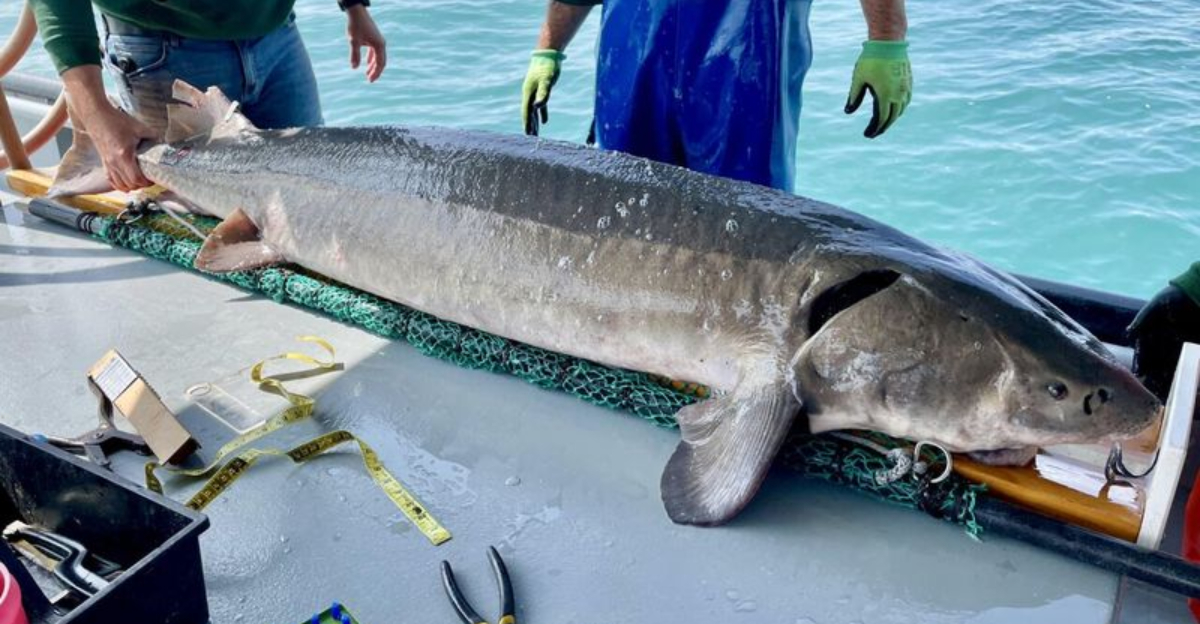
A monster from the deep has made headlines in Michigan! Recently, biologists from the Michigan Department of Natural Resources netted an enormous sturgeon during their annual Lake St. Clair survey.
This prehistoric-looking fish shattered previous records and has captivated fishing enthusiasts across the Great Lakes region. The discovery offers a rare glimpse into the fascinating world of these ancient aquatic giants.
1. Gargantuan Proportions
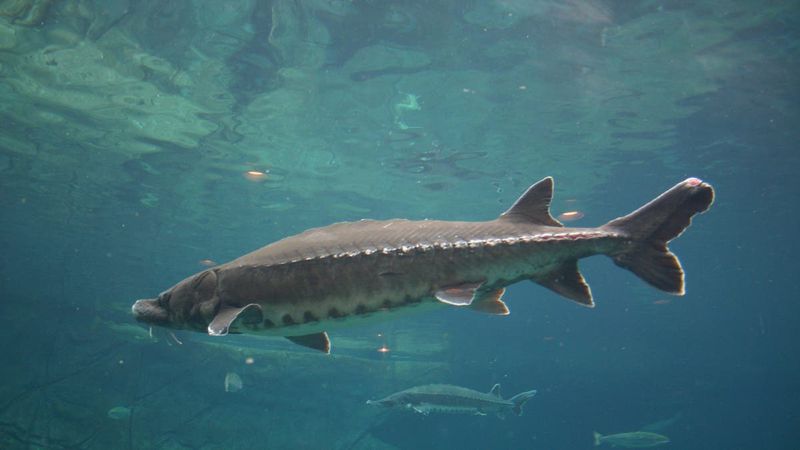
Stretching an incredible 75.2 inches (6 feet 3 inches) from nose to tail, this behemoth sturgeon stunned even veteran biologists. Few freshwater fish in North America reach such impressive dimensions.
To put this in perspective, that’s taller than the average adult man! The fish’s extraordinary length places it among the largest specimens ever documented in the Great Lakes region.
2. Heavyweight Champion
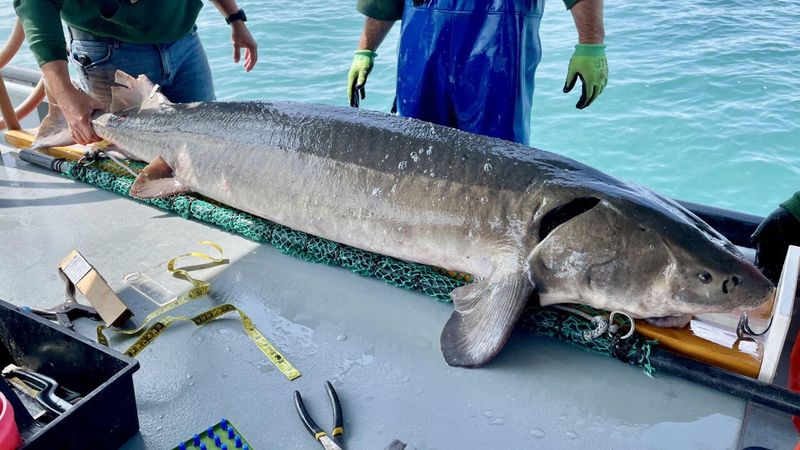
Tipping the scales at a whopping 125 pounds, this aquatic titan weighed as much as a full-grown adult human. Survey team members needed multiple people just to lift and handle it safely.
Most sturgeon caught in surveys weigh between 30-60 pounds, making this specimen truly exceptional. Its massive weight indicates decades of successful feeding in Lake St. Clair’s productive ecosystem.
3. History-Making Moment
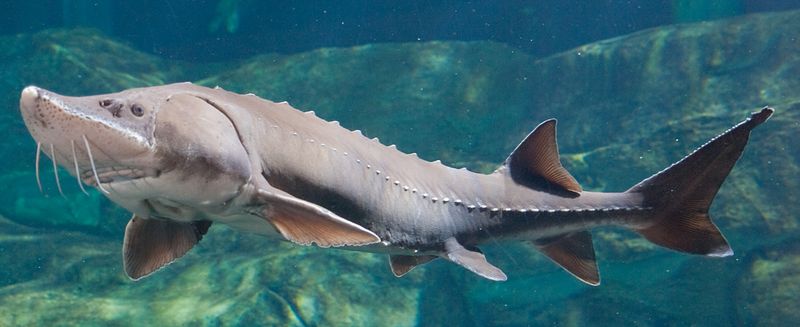
The 2024 catch smashed previous size records for the Michigan DNR’s annual survey program. Records like this aren’t just exciting—they’re scientifically significant milestones that help track ecosystem health.
Researchers celebrated this find as evidence that conservation efforts are working. The presence of such large specimens suggests Lake St. Clair provides ideal conditions for sturgeon to reach their full growth potential.
4. Scientific Tradition
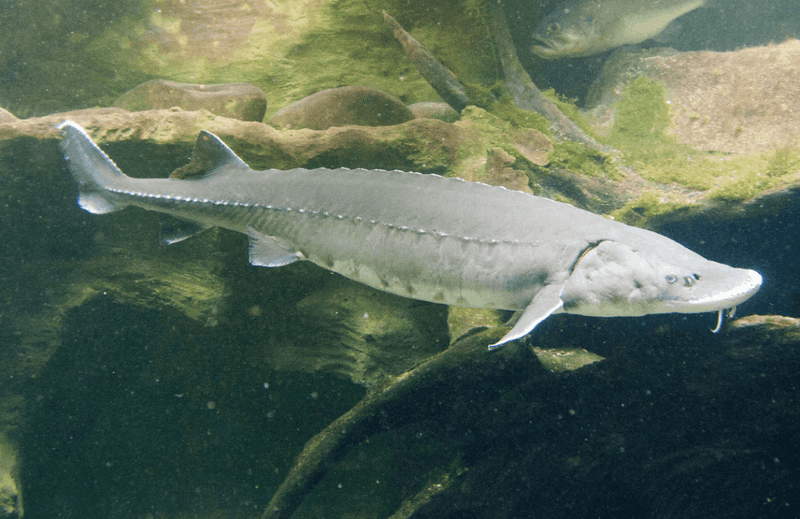
Every spring, dedicated Michigan DNR teams brave unpredictable weather to conduct their vital sturgeon survey. These annual expeditions provide crucial data on population trends, health metrics, and habitat conditions.
Using specialized nets and equipment, biologists work tirelessly to capture, study, and release these prehistoric fish. The consistency of this long-running survey allows scientists to track changes in sturgeon populations over decades.
5. Thriving Ecosystem
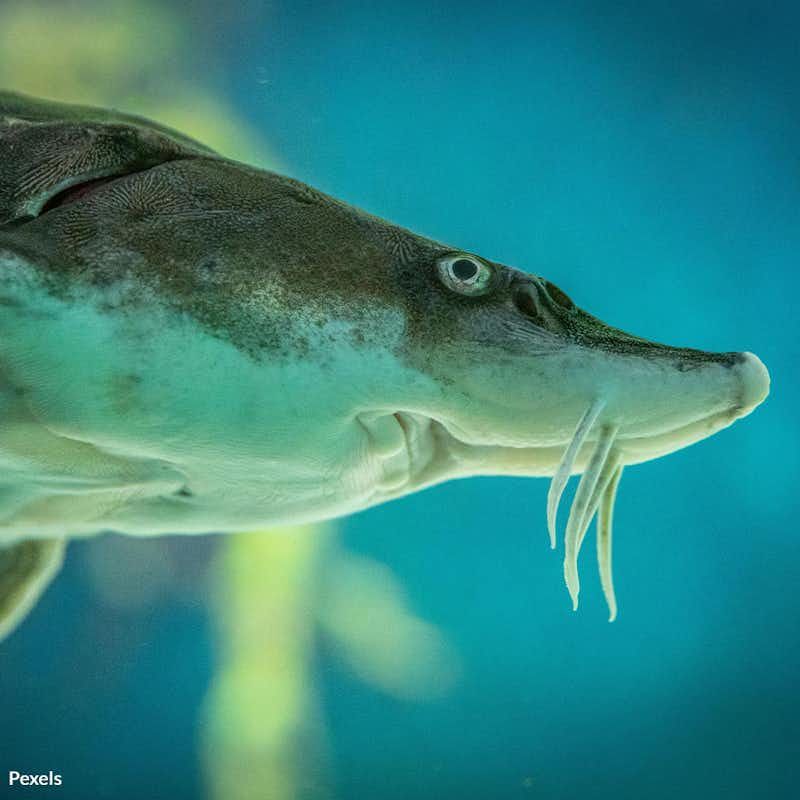
Lake St. Clair’s unique position connecting Lake Huron to Lake Erie creates a perfect sturgeon habitat. Nicknamed the “Heart of the Great Lakes,” this body of water boasts incredible biodiversity.
Abundant food sources, suitable spawning grounds, and relatively protected waters allow sturgeon to flourish here. The record catch highlights how this interconnected waterway supports some of the largest freshwater fish in North America.
6. Strategic Waterway
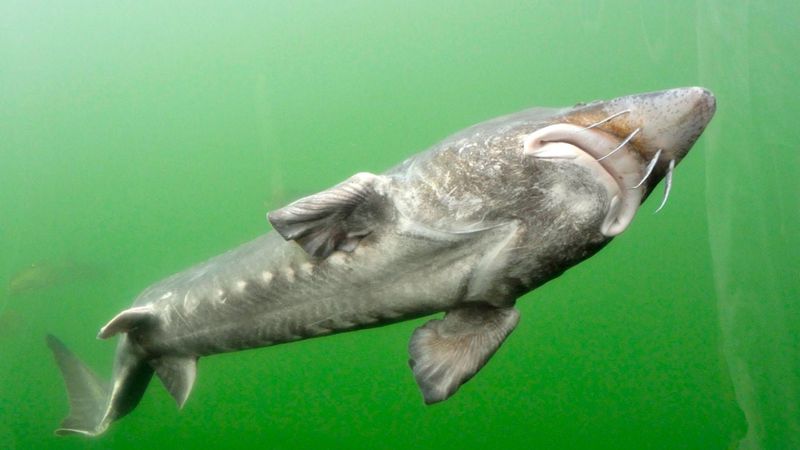
Positioned between two major Great Lakes, Lake St. Clair forms a crucial link in one of North America’s most important aquatic systems. The St. Clair River feeds into it from Lake Huron, while the Detroit River carries its waters to Lake Erie.
This strategic location creates perfect conditions for sturgeon migration and feeding. The connecting rivers provide spawning grounds, while the lake itself offers rich feeding opportunities.
7. Surprising Productivity
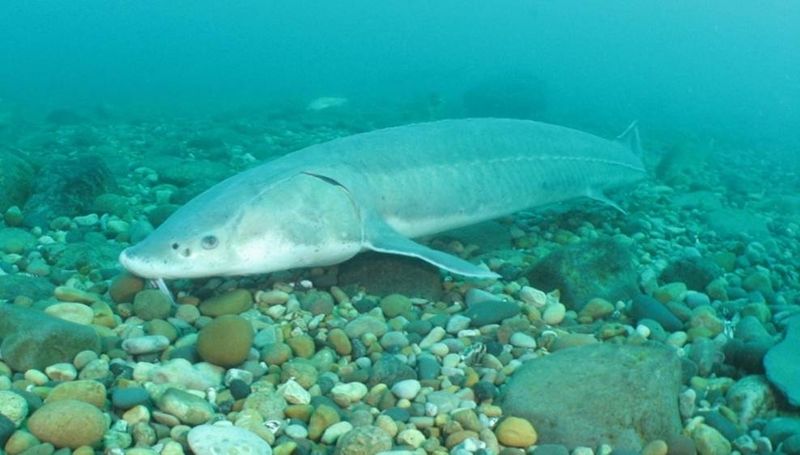
Don’t let its smaller size fool you! Though Lake St. Clair covers just 430 square miles (tiny compared to the Great Lakes), it produces more fish per acre than almost any nearby body of water.
The lake’s shallow depth—averaging only 11 feet—allows sunlight to penetrate throughout, creating perfect conditions for the food web that supports sturgeon. This productive ecosystem explains how such massive fish can thrive here.
8. High-Tech Fish Research
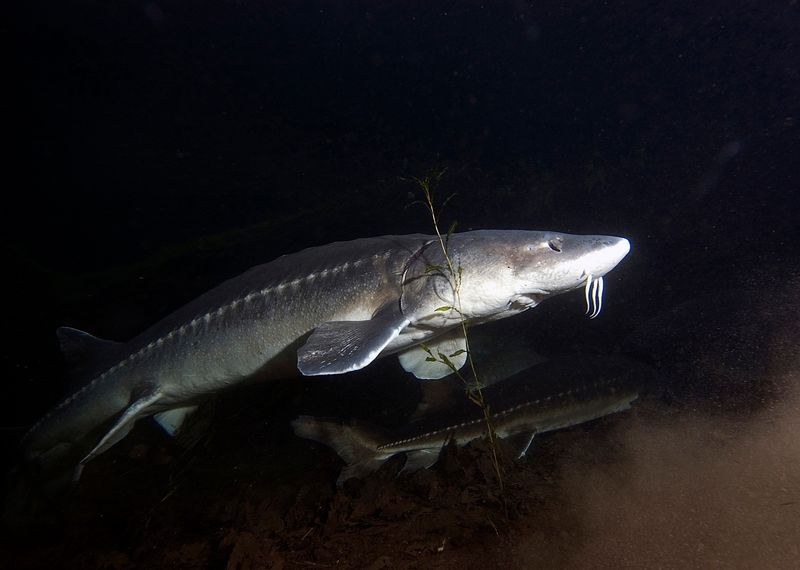
Modern sturgeon surveys employ sophisticated technology that would amaze anglers of previous generations. Researchers use acoustic telemetry, microchip tags, and genetic sampling to track these ancient fish.
The record-breaking sturgeon received a quick health assessment, measurements, and a PIT tag (like a fish microchip) before release. This technology allows scientists to identify individual fish if they’re recaptured, creating life histories for these long-lived creatures.
9. Population Mysteries Unveiled
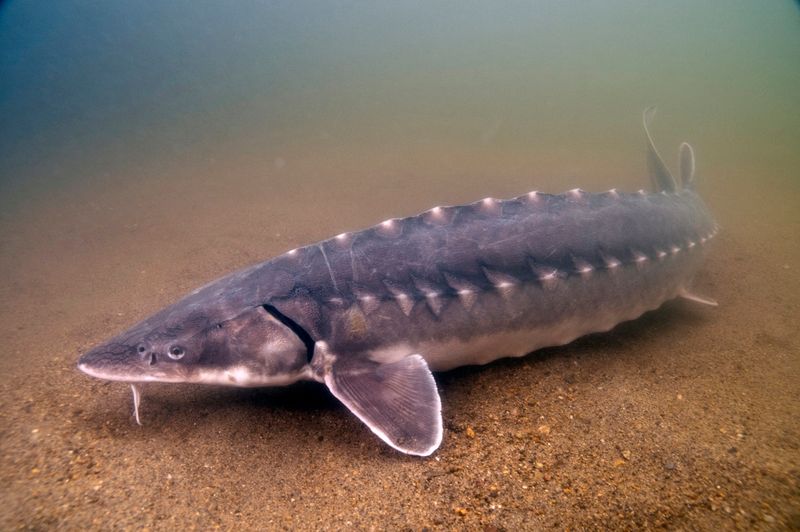
Each tagged sturgeon becomes part of an ongoing scientific detective story. By tracking recaptured fish, biologists have discovered sturgeon can migrate over 100 miles between feeding and spawning grounds.
The record-breaker provides valuable clues about maximum growth potential in current conditions. Researchers compare today’s giants with historical records to understand how human impacts have affected these magnificent fish over generations.
10. Patient Maturity
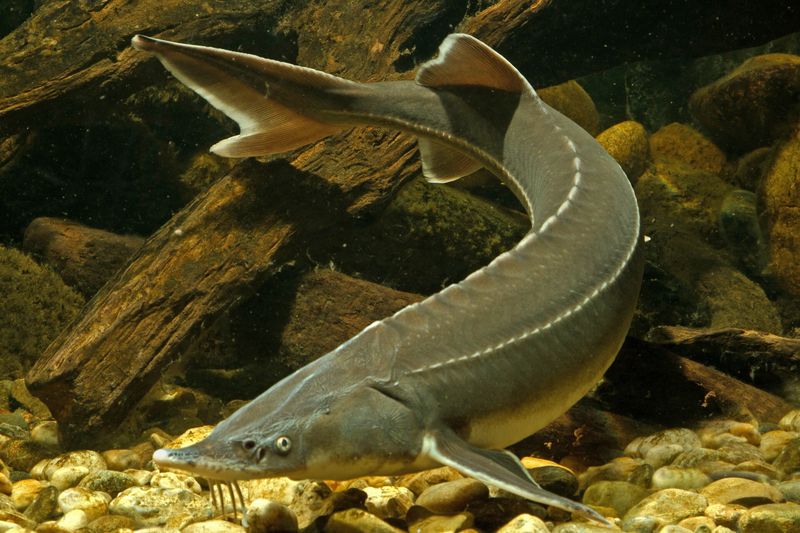
Unlike most fish that reproduce within a few years, sturgeon operate on an entirely different timescale. Females don’t reach sexual maturity until 15-20 years old, while males mature slightly earlier at 8-12 years.
Even more remarkable, female sturgeon don’t spawn annually—they typically reproduce every 4-6 years. This slow reproductive strategy makes them especially vulnerable to overfishing and habitat disruption, highlighting the importance of conservation efforts.
11. Egg-Straordinary Reproduction
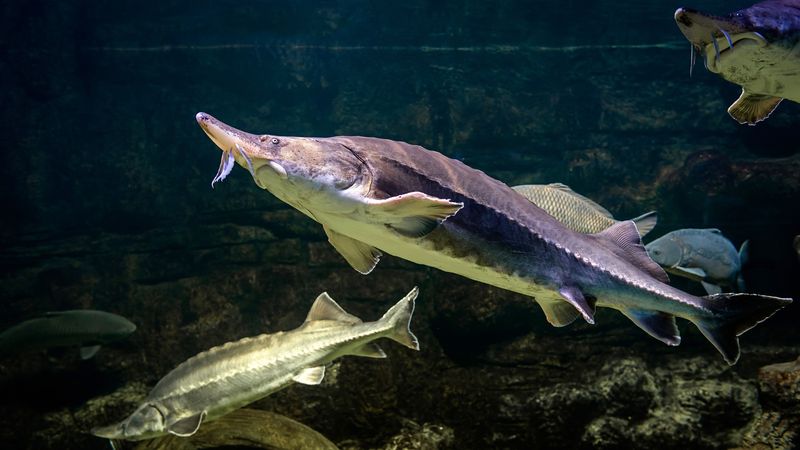
The reproductive capacity of large female sturgeon is truly mind-boggling. A single fish the size of the record-breaker could potentially produce over 500,000 eggs in one spawning event!
Female sturgeon release between 4,000-7,000 eggs per pound of body weight. Despite this impressive fertility, natural survival rates are low, with predators, pollution, and habitat changes threatening developing sturgeon.
12. Century-Spanning Lifespan
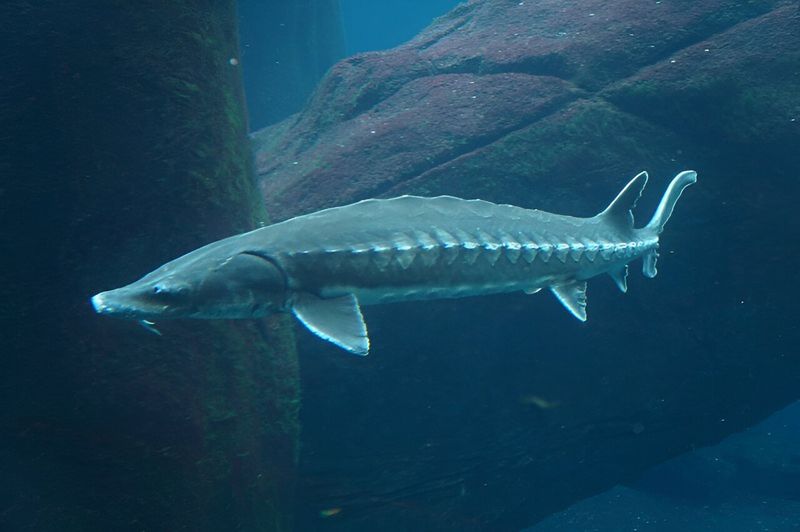
Biologists estimate the record Lake St. Clair sturgeon might be 80 years old—possibly hatched around the time of World War II! These remarkable fish can live over 100 years in optimal conditions.
Age determination requires examining calcified structures called otoliths or pectoral fin rays. The growth rings, similar to tree rings, reveal a sturgeon’s age. Some Great Lakes sturgeon alive today witnessed the region’s entire industrial development.
13. All-Time Michigan Record
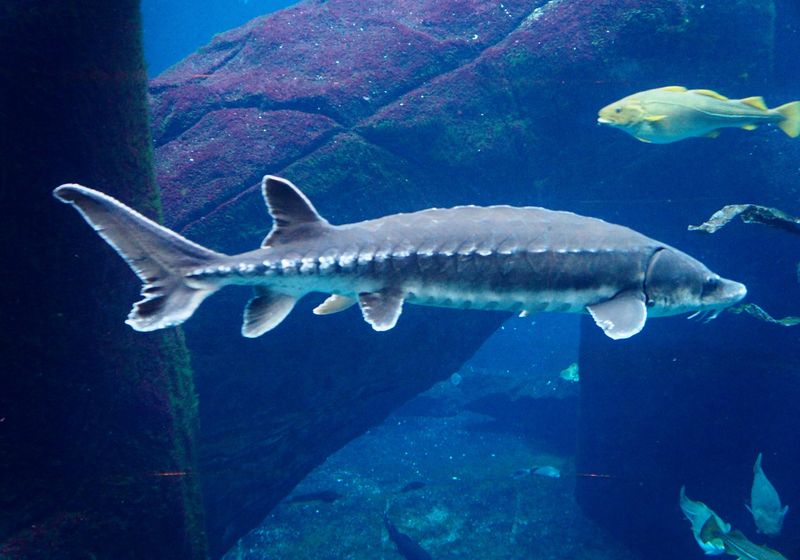
While impressive, the Lake St. Clair survey specimen isn’t Michigan’s largest recorded sturgeon. That title belongs to a 193-pound behemoth legally harvested from Mullett Lake in Cheboygan County decades ago.
Historical records suggest sturgeon reached even larger sizes before commercial fishing reduced populations. Early Great Lakes settlers reported sturgeon exceeding 300 pounds and 8 feet in length—dimensions rarely seen today.
14. Conservation Success Story
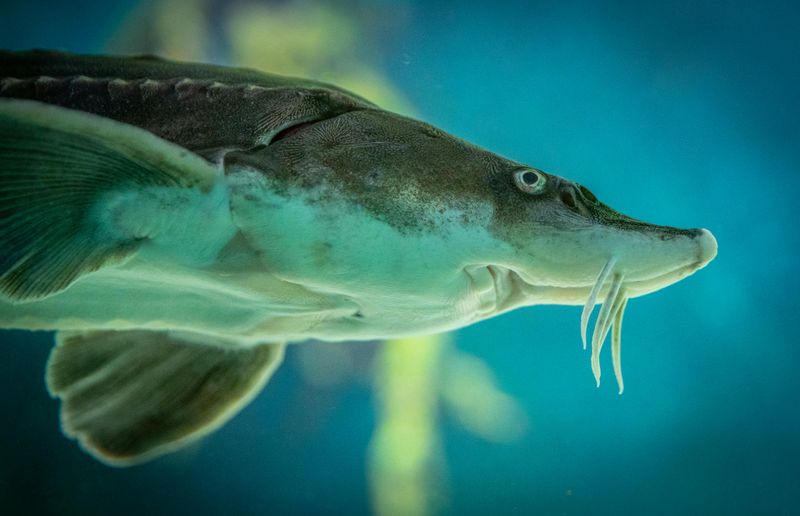
The record catch represents a conservation triumph after sturgeon nearly disappeared from many Great Lakes waters. Overfishing, pollution, and dam construction devastated populations throughout the 19th and 20th centuries.
Today’s recovery stems from harvest restrictions, habitat restoration, and public education efforts. Specialized spawning reefs have been constructed in key waterways, while fishing regulations strictly limit sturgeon harvest to sustainable levels.
15. Living Dinosaurs
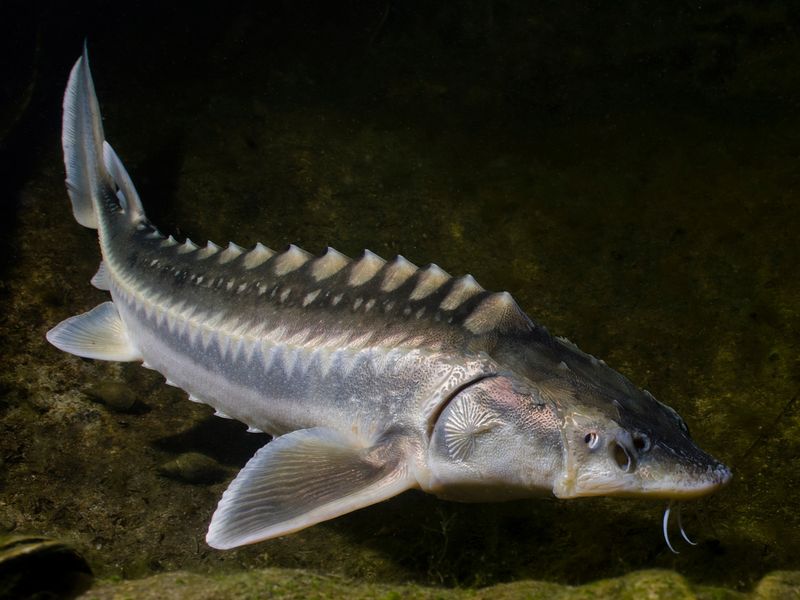
Sturgeon have remained virtually unchanged for over 136 million years—swimming alongside dinosaurs and surviving multiple mass extinctions. Their primitive features include a cartilaginous skeleton and armor-like scales called scutes.
The record Lake St. Clair specimen represents one of the oldest vertebrate designs on Earth. These “living fossils” provide scientists with a window into ancient aquatic ecosystems and evolutionary adaptations that have stood the test of time.






